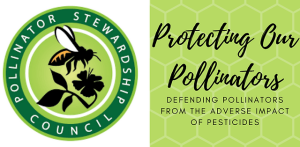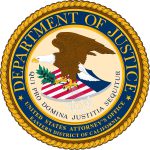Bottling and Selling California’s Water May Not Be The Best Move
Nestlé is wading into what may be the purest form of water risk. A unit of the $243 billion Swiss food and drinks giant is facing populist protests for bottling and selling perfectly good water from drought-stricken California.
Nestlé Waters says it does nothing harmful in the watersheds where it operates. Its parent company also signed and strongly supports the United Nations-sponsored CEO Water Mandate, which develops corporate sustainability policies.
The company’s reputation may be at risk in California, whose severe drought is in its fourth year. The Courage Campaign has organized an online petition, with more than 40,000 signatures so far, that demands Nestlé Waters stop bottling H2O during the drought. There are several local protests, too.
The Swiss firm drew 50 million gallons from Sacramento sources last year, less than half a percent of the Sacramento Suburban Water District’s total production. It amounts to about 12 percent of residential water use, though, and is just shy of how much water flows from home faucets in the United States, according to the U.S. Environmental Protection Agency. In other words, Nestlé may be bottling more than locals drink from the tap.
Consumers can only blame themselves, of course, for buying so much bottled water. The average price for a gallon of water to be bottled is $1.21, according to the International Bottled Water Association. For just $1.60, Californians could purchase 1,000 gallons of tap water, according to the National Resources Defense Council.
Moreover, Nestlé’s water business is its smallest and least profitable, generating a trading operating profit last year of 10.3 percent – less than half that of its powdered and liquid beverages unit. With California imposing a 25 percent cut on residential water use, Nestlé Waters may want to consider turning off its own taps.
By Antony Currie, Reuters








